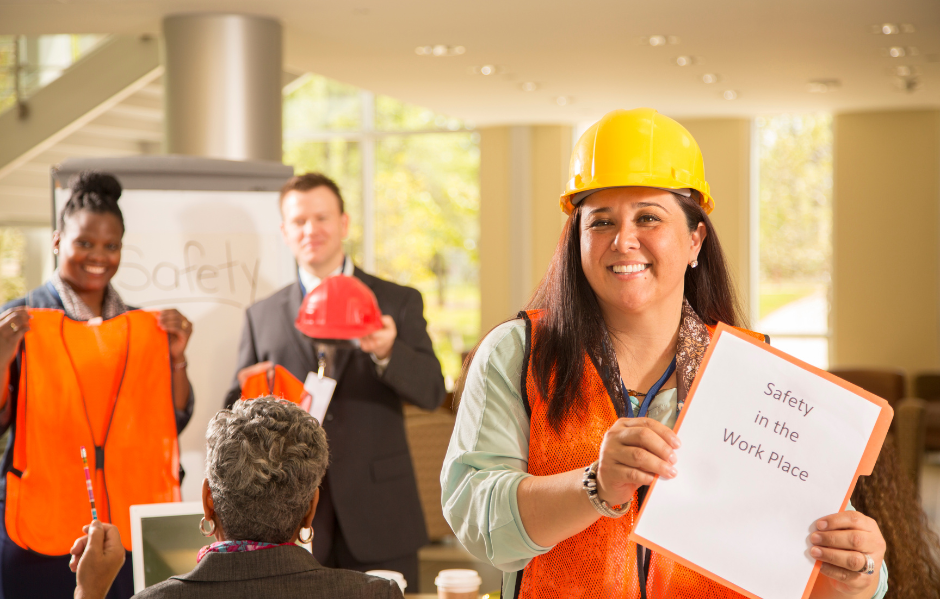The new year is always a good time to review safety in your workplace and adjust or develop your safety plan accordingly. One of the first steps to doing this is to be aware of the dangers in your place of business and the wider community, and then implement safety protocols and strategies to address these risks.
Data about the odds of dying provide eye-opening information about the dangers we all encounter, and how they could impact employer safety decisions. For example, 2021 numbers show that the odds of dying from an accidental opioid overdose are actually greater than the likelihood of dying in a motor vehicle crash (1 in 58 versus 1 in 93). That information could help determine whether an employer makes investing in a drug testing program a priority.
Here are some additional statistics that, depending on the job site, may be helpful to employers as they review their protocols and processes:
Lifetime odds of death for selected causes, United States, 2021
| Causes of Death | Odds of Dying |
|---|---|
| All preventable causes of death | 1 in 19 |
| Opioid overdose (accidental) | 1 in 58 |
| Motor vehicle crash | 1 in 93 |
| Fall | 1 in 98 |
| Pedestrian incident | 1 in 485 |
| Fire or smoke | 1 in 1,287 |
| Sunstroke | 1 in 4,655 |
| Electrocution, radiation, extreme temperatures, and pressure | 1 in 13,176 |
| Sharp objects | 1 in 25,960 |
| Hot surfaces and substances | 1 in 45,908 |
As you develop your safety policy, it is important to not only know about what is putting people at risk generally but also about specific on-the-job dangers.
On-the-Job Trouble Spots
In 2016, NSC conducted an extensive national audit of the most common workplace safety hazards. These are the “trouble spots” that NSC consultants reported finding again and again in businesses and on job sites:
- Working at a height – According to the Bureau of Labor Statistics, falls account for about 14% of all fatalities. The NSC consultants identified issues such as employers not knowing that they have to provide fall protection, a lack of fall safety protocols, lack of training for employees in using fall protection gear.
- Poor housekeeping – Job site clutter is a big problem! The consultants frequently found items blocking fire exits, aisles and emergency exits. They reported that employees often don’t see cleaning up as their responsibility and employers sometimes don’t make housekeeping a priority.
- Electrical/Extension Cords – According to the NSC report, blocked breakers and improper use of extension cords are commonly cause electrical problems. Furthermore, extension cords are a trip hazard. The consultants recommend that extension cords only be used temporarily and if they are needed for a longer period, the employer may want to consider bringing in an election to drop in a line and outlet.
- Forklifts – The NSC consultants found that employees run into trouble when they work too quickly on forklifts, are distracted while driving or carry a load that is too large. Appropriate protocols and training for operating heavy equipment should be in place in workplaces where these machines are used.
- Lockout/tagout – According to the report, complacency, lack of training or a rush to finish a job can result in lockout procedures for valves, electrical and equipment not being properly shut down and locked out, causing serious injuries in the workplace.
- Chemicals – Job sites that use chemicals must ensure that workers are educated about the chemicals they are working with, and be properly trained in safely using, storing and disposing of them. Employers need to make sure that control systems are in place to avoid exposure hazards.
- Confined spaces – There are a multitude of potential hazards in confined spaces including an unsafe atmosphere, risk of getting trapped, risk of being able to exit in case of a fire, etc. The NSC consultants advise that employers need to obtain proper permitting and conduct risk assessments before sending employees into tight spaces.

